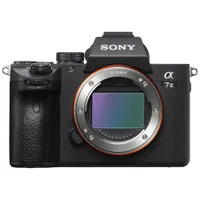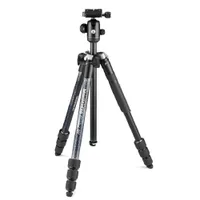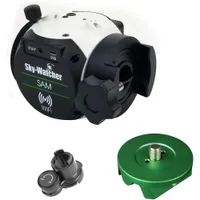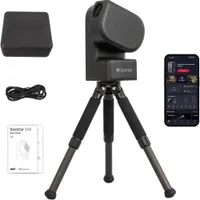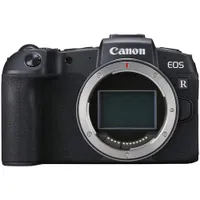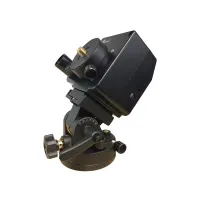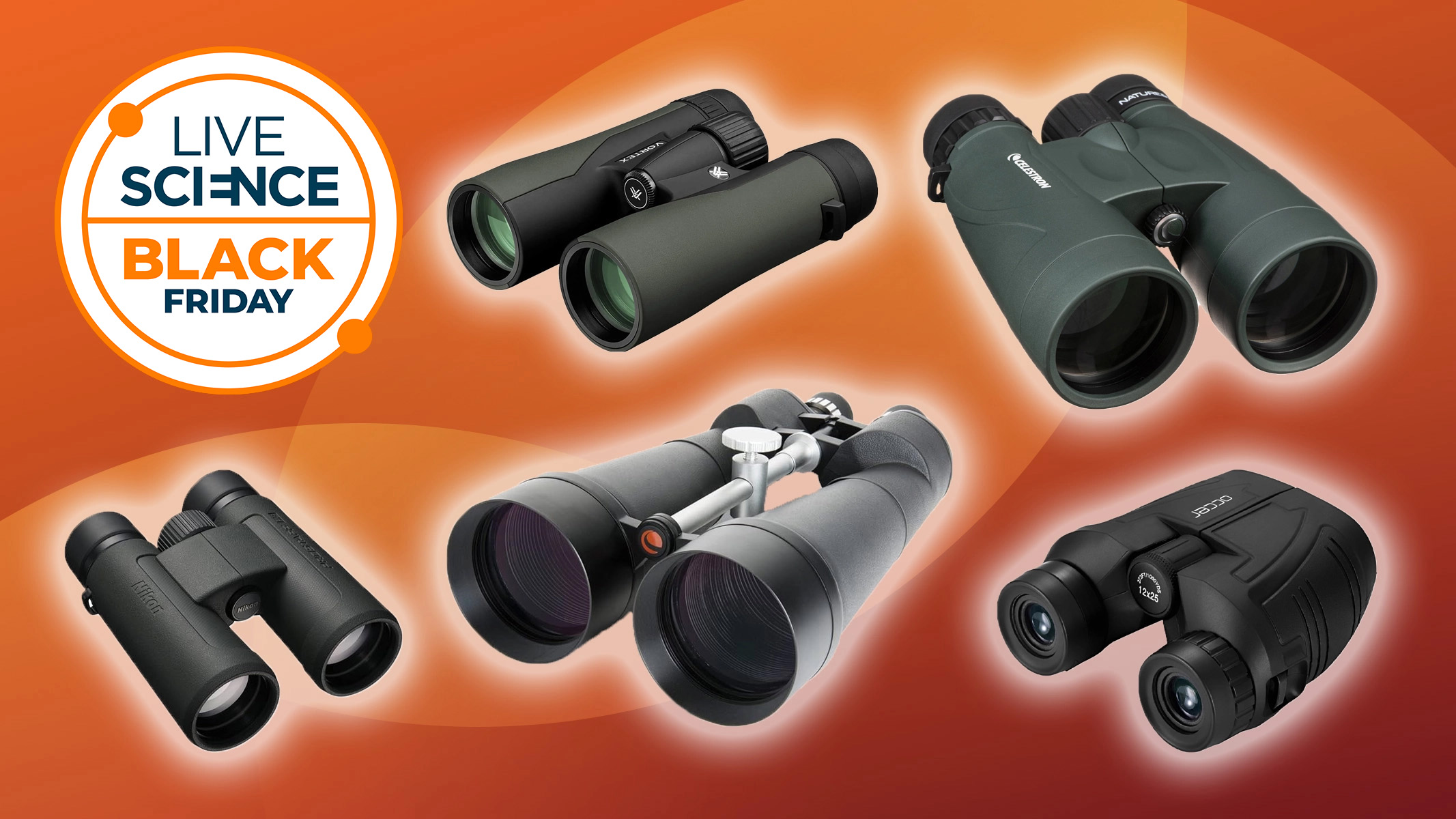Astrophotography on a budget: The best Black Friday cameras, lenses, tripods and trackers hand-picked by an astrophotographer
Good quality, great value gear for budding astrophotographers to look out for during Black Friday weekend.

Putting together an astrophotography setup can look terrifying from the outside. Scroll through social media, and it seems as if everyone you follow has cameras, trackers and a tripod that cost more than your first car. Add up the cost of all three accessories and astrophotography, it seems, demands an astronomical outlay before you can even take your first image of the Milky Way.
Out in the field, though, you quickly learn that you don’t need everything. An old full-frame camera, a prime lens and almost any tripod will get you images you’ll treasure. However, at some point, you’ll be standing under perfectly clear, dark skies while your flimsy tripod struggles, and with no intervalometer at hand, you’ll spend a few frustrating hours pressing the shutter every 30 seconds just to get a basic star trail shot. Those nights are when you realise which small, affordable upgrades might actually improve your results — and your enjoyment.
Thinking deeply about what you need and shopping carefully is the way to go. We've rounded up the best deals on the very best gear over in our Black Friday hub, where you can find some incredible savings on high-end items.
Read moreRead less▼
If you want a serious astrophotography camera without an astronomical price, the A7 III is a sweet spot in Sony’s lineup. In our full Sony A7 III review, its 24.2MP back-illuminated, full-frame sensor delivered clean, low-noise night skies, with a performance that’s hard to beat. On the downside, the menus are maddening, but on the upside, USB-C power means you can shoot on cold nights with a power bank taped to the tripod. Either way, Sony’s A7 III is a great place to start if you're looking for a beginner astro camera.
Read moreRead less▼
There are dozens of high-end wide-angle astro lenses for those who want absolute perfection, but they are very expensive and, in practice, typically extremely heavy. For a lightweight and low-cost option that’s almost as good, this wide-angle lens from Samyang (which is also available under the Rokinon brand) is sharp right across the image frame, save for the extreme corners, and a popular lens for all kinds of astrophotography. It’s available for a wide range of camera mounts.
Read moreRead less▼
If you’re building an astro rig on a shoestring, don’t talk about tripods to long-time astrophotographers, who tend to one-up each other on the cost of their latest three-legged wonder. Manfrotto’s Element MII is simple but solid enough, with a decent 63 inches (160 cm) maximum height and an under-slung hook so you can hang your bag on breezy nights for extra stability. The Arca-Swiss head plays nicely with L-brackets, and while the 18 lbs (8 kg) payload rules out heavy trackers or long telephoto lenses, it’s a capable first tripod for most kinds of astro experiments.
Read moreRead less▼
Planning a star trail? Those wondrous shots of the stars drawing circles in the night sky as Earth rotates are an astrophotography staple, but you need an intervalometer to do it easily. If your camera lacks a built-in version, the Pixel TW-283 allows you to shoot wirelessly or wired, handling everything from an all-night star trail or Milky Way time-lapse to single two-minute Bulb frames. Build quality is basic, but it gets the job done in the dark.
Read moreRead less▼
No, you shouldn’t buy a full equatorial mount when you’re just starting out. If you want to shoot longer exposures and try deep-sky photography, the very portable Star Adventurer Mini is the budget tracker to beat. It’s tiny enough to live in a camera backpack, yet happily carries a mirrorless body and wide-angle lens, tracking cleanly for 1–3 minute exposures. Polar alignment via the wedge and scope takes a bit of practice, and the app is clunky, but once it’s running, you get dramatically richer, sharper star fields for very little weight or money.
Read moreRead less▼
Nobody wants to travel with multiple tripods, but with smartphones, action cameras and 360 cameras getting better in low-light, you’ll probably want to use more than just your big camera when out at night. Cue this clamp from Ulanzi, whose metal jaws bite onto railings as well as tripod legs, while its 360° ball head lets you aim your camera exactly where you want to. For astrophotography, it’s particularly handy for clamping a smartphone for time-lapses, a second camera for star trails or a 360° camera for all-sky aurora.
Read moreRead less▼
If you have a star tracker and want to move from widefield Milky Way shots to nebulas, here’s a fantastic step up. This 135mm f/1.8 prime lens’s party trick is its Astro-Focus mode: hold the focus-hold button and the lens snaps to a calibrated infinity, confirms with a green LED, and locks into manual focus so you’re not second-guessing stars in the dark. With excellent glass and weather sealing, it’s a fast, sharp, astro-ready telephoto that’s ideal for beginners.
Read moreRead less▼
If you want to spend your time and money learning about the night sky instead of the ins and outs of astrophotography gear, jump right into the deep end by buying a smart telescope, the best-selling of which is the ZWO Seestar S50 smart telescope. This little all-in-one 50mm f/5 APO refractor aligns with the stars, slews, focuses and stacks images for you, turning faint nebulae and galaxies into colourful live views on your smartphone in a few minutes, even under light-polluted skies. It’s an easy, low-cost gateway into astrophotography.
Read moreRead less▼
Another option for full-frame astro without the full-frame prices of the best astro cameras is the Canon EOS RP, a 26.2MP mirrorless body that’s low-priced and lightweight. A successor to the Canon 6D MKII that uses the same sensor, it’s able to autofocus on bright stars and produces low noise even at high ISO. It can’t be charged while in use, though, so buy extra batteries and use a PD-compatible (fast charging) power bank with USB-C to top up between sessions. Pair it with a wide-angle lens and an intervalometer, and you’ve got yourself an entry-level astro setup.
Read moreRead less▼
For widefield Milky Way shots on a budget, the palm-sized SkyTracker Pro is hard to beat. Effectively a tiny equatorial mount that slips between a tripod and a camera, it’s ultra-compact, with a 6 lbs (3 kg) payload and a built-in rechargeable battery that’s good for around 24 hours. Its illuminated polar scope and removable alt-az base with spirit level make alignment straightforward, while it’s also primed for moving at the speed of the sun and moon for solar and lunar eclipses.
- We are currently hunting high and low for all the best Black Friday deals of 2025 so be sure to check out every deal we've found over on our main hub.
- Our experts have also reviewed and rated the best telescopes, binoculars, star projectors, cameras, fitness trackers, running shoes, rowing machines and more.
Get the world’s most fascinating discoveries delivered straight to your inbox.

Jamie Carter is a freelance journalist and regular Live Science contributor based in Cardiff, U.K. He is the author of A Stargazing Program For Beginners and lectures on astronomy and the natural world. Jamie regularly writes for Space.com, TechRadar.com, Forbes Science, BBC Wildlife magazine and Scientific American, and many others. He edits WhenIsTheNextEclipse.com.
You must confirm your public display name before commenting
Please logout and then login again, you will then be prompted to enter your display name.
